Home>Gardening & Outdoor>Landscaping Ideas>When To Mulch Grass
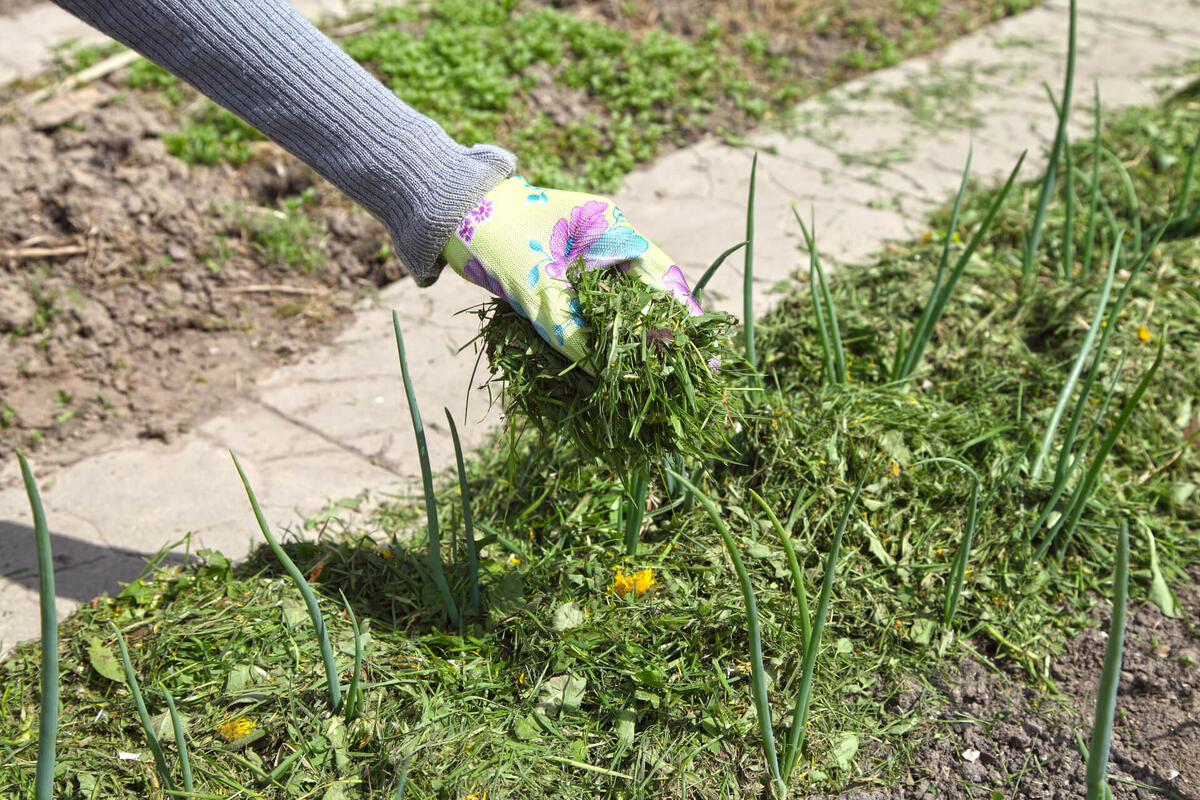

Landscaping Ideas
When To Mulch Grass
Modified: April 1, 2024
Learn the best time to mulch your grass and improve your landscaping with our expert tips and ideas. Discover effective landscaping ideas for a lush and healthy lawn.
(Many of the links in this article redirect to a specific reviewed product. Your purchase of these products through affiliate links helps to generate commission for Storables.com, at no extra cost. Learn more)
Introduction
Welcome to the wonderful world of mulching! Mulching grass is a fantastic way to nourish and protect your lawn, providing a multitude of benefits for both the grass and the soil. Whether you’re a seasoned gardener or a novice enthusiast, understanding the art of mulching grass can elevate your lawn care game to the next level. In this comprehensive guide, we’ll delve into the various aspects of mulching grass, from its benefits and different types of mulch to the best time and methods for mulching. By the end of this journey, you’ll be equipped with the knowledge and confidence to mulch your grass like a pro, ensuring a lush, healthy lawn that’s the envy of the neighborhood.
Key Takeaways:
- Mulching grass offers benefits like retaining moisture, suppressing weeds, and enriching the soil. Choosing the right type of mulch and timing for application can elevate your lawn care game.
- To mulch grass like a pro, prepare the grass, choose the right mulch, apply it evenly, and maintain the mulch layer. Proper mulching enhances the health and beauty of your lawn.
Read more: When To Mulch Your Grass
Benefits of Mulching Grass
Mulching grass offers a plethora of advantages that contribute to the overall health and beauty of your lawn. Here are some key benefits of mulching grass:
- Moisture Retention: Mulch acts as a protective barrier, reducing water evaporation and helping the soil retain moisture. This is especially beneficial during hot and dry periods, as it minimizes the need for frequent watering.
- Weed Suppression: A layer of mulch inhibits weed growth by blocking sunlight and creating an unfavorable environment for weed seeds to germinate. This reduces the time and effort required for weed control, keeping your lawn looking pristine.
- Soil Insulation: Mulch provides insulation for the soil, moderating temperature fluctuations and protecting the grass roots from extreme heat or cold. This promotes a stable and conducive environment for healthy grass growth.
- Nutrient Enrichment: Organic mulches gradually break down over time, enriching the soil with essential nutrients. As the mulch decomposes, it releases valuable organic matter and micronutrients that nourish the grass and improve soil fertility.
- Erosion Prevention: Mulch helps to prevent soil erosion by reducing the impact of heavy rain and wind. It stabilizes the soil structure, minimizing the risk of runoff and preserving the integrity of your lawn.
- Aesthetic Appeal: Beyond its practical benefits, mulch enhances the visual appeal of your lawn, creating a neat and well-groomed appearance. It adds a finishing touch to the landscape, elevating the overall beauty of your outdoor space.
By harnessing these benefits, mulching grass becomes an essential practice for nurturing a vibrant and resilient lawn that thrives in various environmental conditions.
Types of Mulch for Grass
When it comes to mulching grass, there are various types of mulch to choose from, each offering unique characteristics and benefits. Understanding the different options allows you to select the most suitable mulch for your lawn. Here are some common types of mulch for grass:
- Organic Mulch: This type of mulch includes materials such as shredded bark, wood chips, straw, and compost. Organic mulches decompose over time, enriching the soil with organic matter and nutrients. They also improve soil structure and promote beneficial microbial activity.
- Inorganic Mulch: Examples of inorganic mulches are gravel, stones, and landscape fabric. These materials do not decompose and provide long-lasting weed suppression and moisture retention. While they don’t contribute organic matter to the soil, they offer effective erosion control and can enhance the aesthetic appeal of the lawn.
- Living Mulch: Certain ground covers and low-growing plants can serve as living mulch. Species like clover and creeping thyme create a natural mulch layer while adding biodiversity to the lawn. Living mulch provides continuous soil coverage, helps with weed control, and contributes to a dynamic ecosystem.
- Rubber Mulch: Made from recycled rubber, rubber mulch offers durability and longevity. It provides excellent shock absorption and is often used in areas with high foot traffic, such as playgrounds. While it doesn’t decompose, rubber mulch effectively insulates the soil and suppresses weed growth.
- Pine Straw: Pine straw, derived from pine trees, is a popular mulch in regions with acidic soils. It breaks down slowly, making it a long-lasting mulching option. Pine straw enhances soil acidity, making it suitable for acid-loving plants, and provides effective weed suppression.
By exploring the characteristics of each mulch type, you can make an informed decision based on your lawn’s specific needs, environmental conditions, and aesthetic preferences. Whether you opt for the natural appeal of organic mulch, the durability of inorganic mulch, or the unique benefits of living mulch, choosing the right mulch type is a crucial step in maintaining a healthy and vibrant lawn.
Mulch grass in the spring or fall to help retain moisture, suppress weeds, and improve soil health. Avoid mulching in the summer when the grass is actively growing.
Best Time to Mulch Grass
Timing is crucial when it comes to mulching grass, as applying mulch at the right time maximizes its benefits and supports the overall health of the lawn. The best time to mulch grass depends on various factors, including the climate, grass growth patterns, and specific lawn care goals. Here’s a guide to help you determine the optimal timing for mulching your grass:
- Early Spring: As the growing season begins, early spring is an ideal time to apply mulch to the grass. This helps to insulate the soil, retain moisture, and inhibit weed growth as the grass starts to emerge from dormancy. It also provides a nutrient boost to support healthy growth.
- Mid-Summer: In regions with hot and dry summers, mid-summer mulching can help alleviate the stress on the grass caused by high temperatures and reduced rainfall. Applying mulch during this period aids in moisture retention and shields the soil from excessive heat, promoting the grass’s resilience.
- Fall: As the growing season winds down, fall presents another opportunity for mulching grass. Adding a layer of mulch in the fall helps to insulate the soil during the approaching winter months, protecting the grass roots from frost and temperature fluctuations. It also contributes to soil enrichment as the mulch breaks down over the winter.
It’s important to consider the specific needs of your lawn and the prevailing climate when determining the best time to mulch. Additionally, assessing the condition of the grass and soil, along with any ongoing lawn care practices, can guide you in making an informed decision about the timing of mulching.
By aligning the application of mulch with the natural growth cycles of the grass and the seasonal demands of the environment, you can optimize the impact of mulching on the health, vigor, and beauty of your lawn.
How to Mulch Grass
Properly mulching grass involves a series of steps designed to ensure effective coverage and optimal benefits for the lawn. By following these guidelines, you can master the art of mulching and enhance the health and appearance of your grass:
- Prepare the Grass: Before mulching, mow the grass to an appropriate height, removing any debris and ensuring a clean, uniform surface for mulch application. Trimming the grass encourages even distribution and proper contact with the mulch.
- Choose the Right Mulch: Select a suitable type of mulch based on your lawn’s needs, environmental conditions, and aesthetic preferences. Consider factors such as moisture retention, soil insulation, and weed suppression when making your choice.
- Apply the Mulch: Spread the mulch evenly over the prepared grass, ensuring a consistent layer that is neither too thin nor too thick. Aim for a depth of 2 to 4 inches, taking care to avoid piling the mulch against tree trunks or plant stems.
- Avoid Mulch Volcanoes: Be mindful of creating “mulch volcanoes” around trees and shrubs, where the mulch is piled up against the base of the plants. This can lead to moisture retention issues, root suffocation, and pest infestations. Instead, maintain a slight gap between the mulch and the stems or trunks.
- Replenish as Needed: Monitor the mulch layer throughout the year, replenishing it as necessary to maintain the desired depth. Mulch may naturally break down over time, so periodic additions can ensure consistent coverage and continued benefits for the grass and soil.
- Consider Mulch Edging: Creating a defined edge between the mulched area and adjacent surfaces, such as walkways or garden beds, can help contain the mulch and prevent it from spreading onto unintended areas. This promotes a tidy and organized appearance while optimizing the mulch’s functionality.
- Observe Watering Practices: After mulching, adjust your watering routine as needed, taking into account the moisture retention properties of the mulch. Proper watering complements the benefits of mulch, supporting the grass’s growth and overall well-being.
By following these steps and incorporating best practices for mulching, you can harness the full potential of mulch to nurture a thriving and resilient lawn. With attention to detail and a commitment to proper mulching techniques, you’ll be rewarded with a lush, healthy grass that enhances the beauty of your outdoor space.
Read more: What To Do When Grass Grows Through Mulch
Conclusion
Mulching grass is a valuable practice that offers a multitude of benefits for your lawn, encompassing moisture retention, weed suppression, soil insulation, nutrient enrichment, erosion prevention, and aesthetic enhancement. By choosing the right type of mulch and applying it at the optimal time, you can elevate the health, resilience, and visual appeal of your grass, creating a vibrant and inviting outdoor environment.
Understanding the diverse types of mulch available for grass, including organic, inorganic, living, and specialized options, empowers you to make informed decisions that align with your lawn’s specific needs and your desired outcomes. Each type of mulch brings unique attributes to the table, catering to various environmental conditions and aesthetic preferences.
Timing plays a crucial role in the success of mulching, with different seasons offering strategic opportunities to apply mulch for maximum impact. Whether it’s early spring, mid-summer, or fall, the right timing ensures that the grass and soil receive the support they need to thrive throughout the year.
When it comes to the practical application of mulch, following a systematic approach, from preparing the grass and selecting the appropriate mulch to applying it evenly and maintaining the mulch layer, is key to reaping the full benefits of mulching. By incorporating these steps into your lawn care routine, you can optimize the effectiveness of mulch and contribute to the long-term health and beauty of your grass.
In conclusion, embracing the art of mulching grass is a rewarding journey that enhances the vitality and allure of your lawn. With a thoughtful approach to mulching, you can create an environment where your grass thrives, showcasing lush greenery and a well-nourished landscape that’s a testament to your dedication to exceptional lawn care.
Frequently Asked Questions about When To Mulch Grass
Was this page helpful?
At Storables.com, we guarantee accurate and reliable information. Our content, validated by Expert Board Contributors, is crafted following stringent Editorial Policies. We're committed to providing you with well-researched, expert-backed insights for all your informational needs.
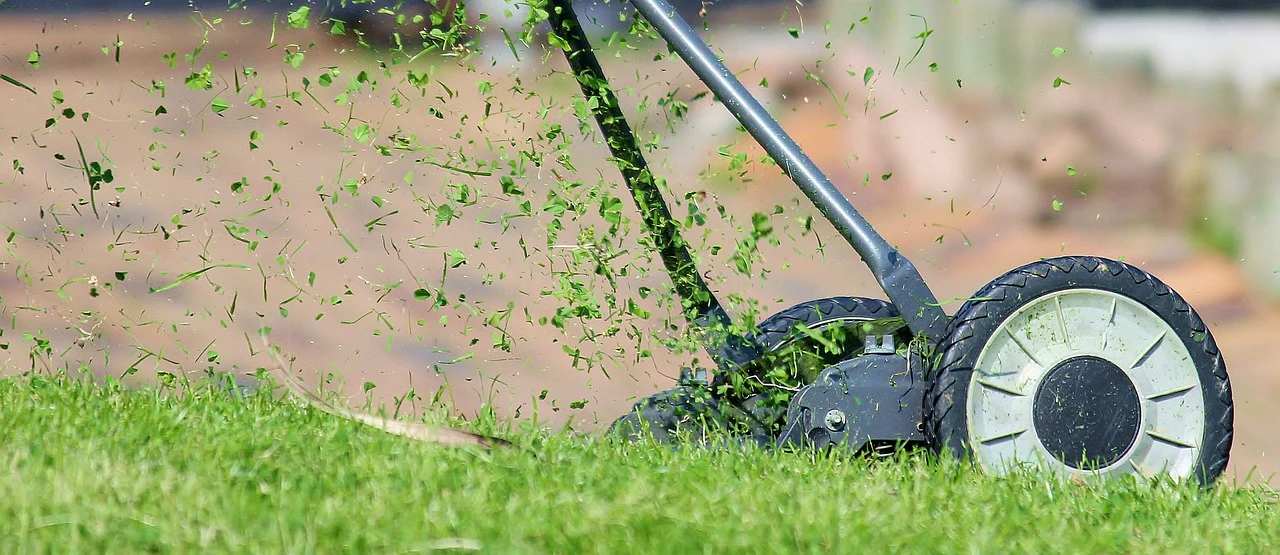
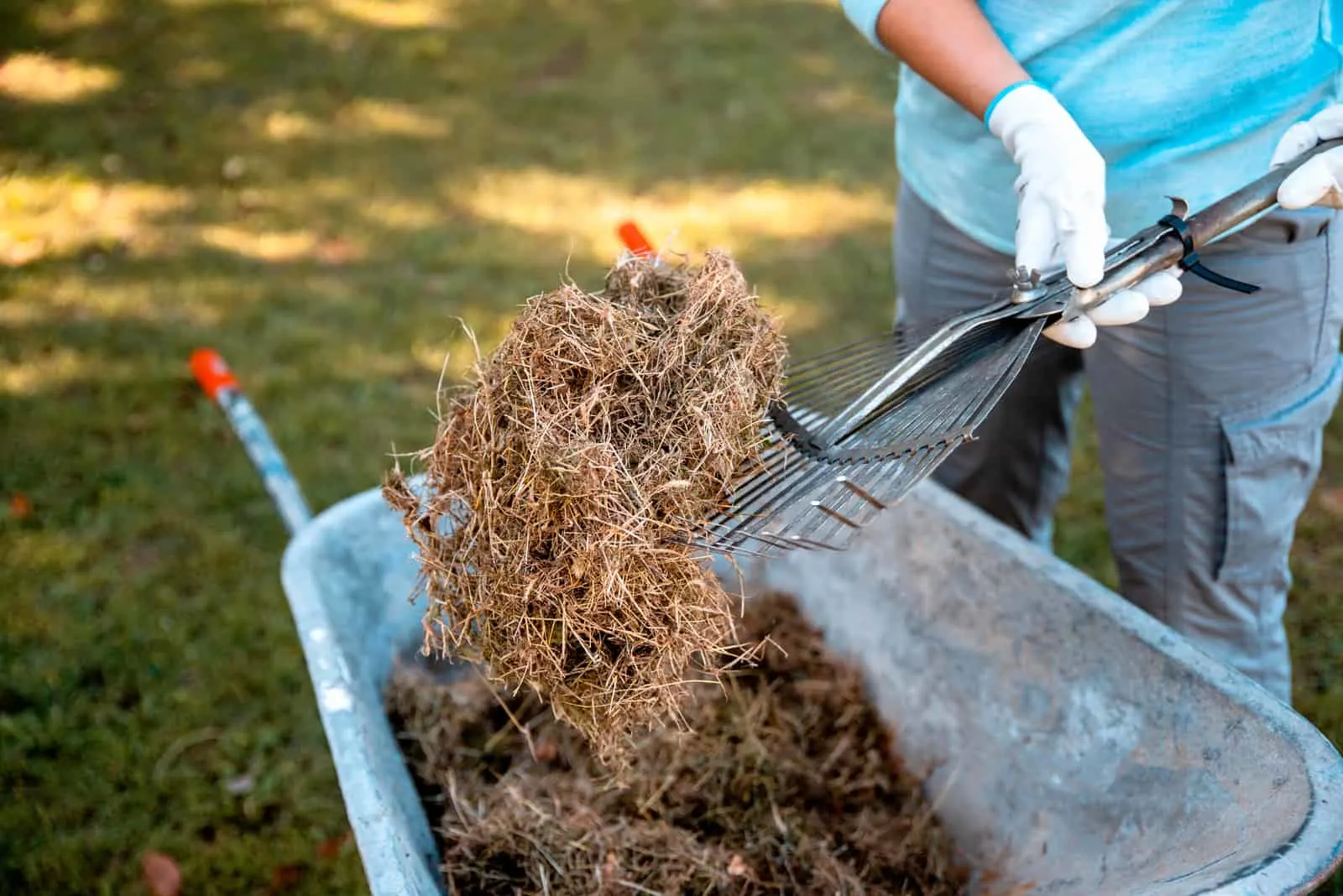
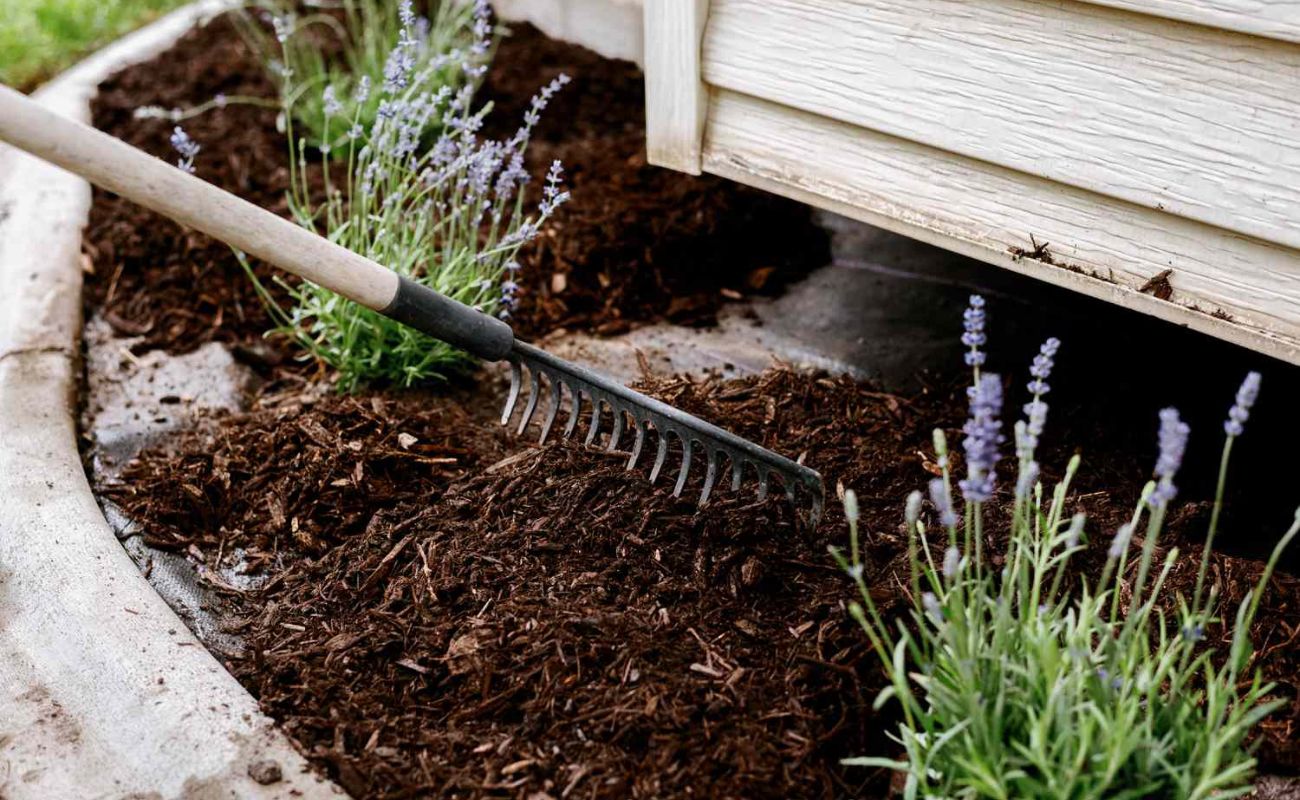
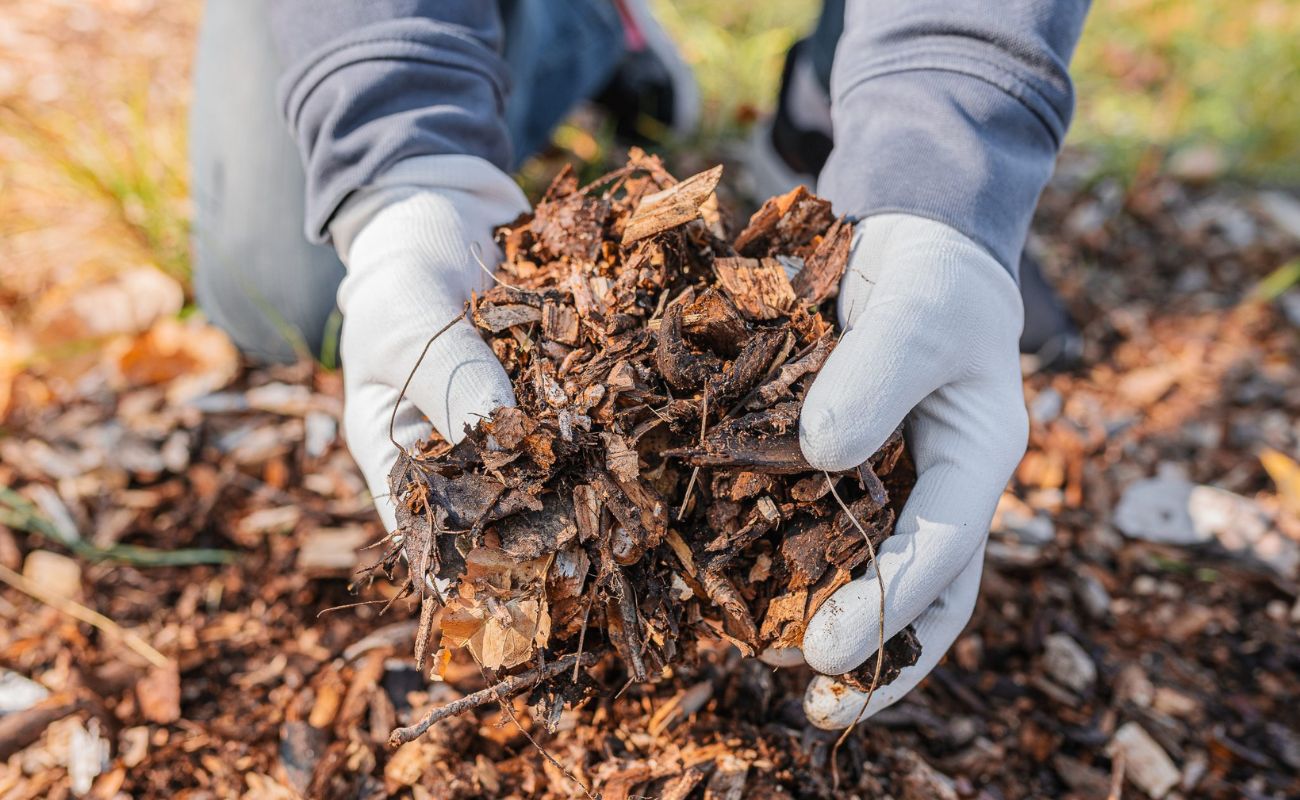
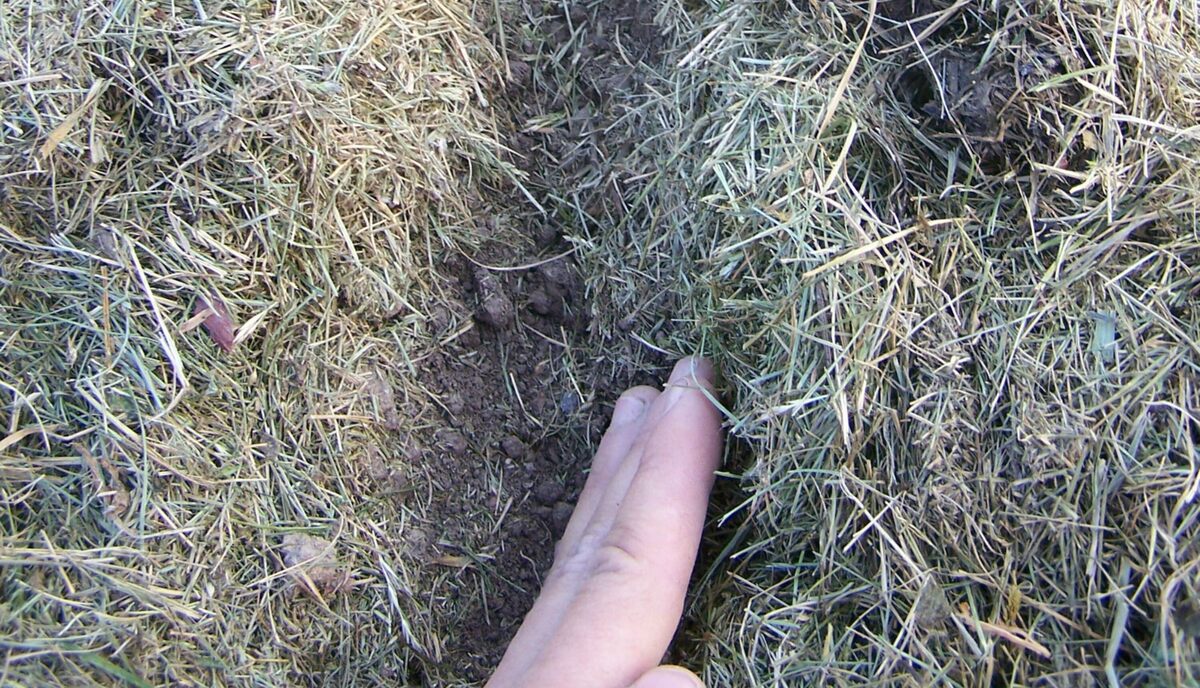
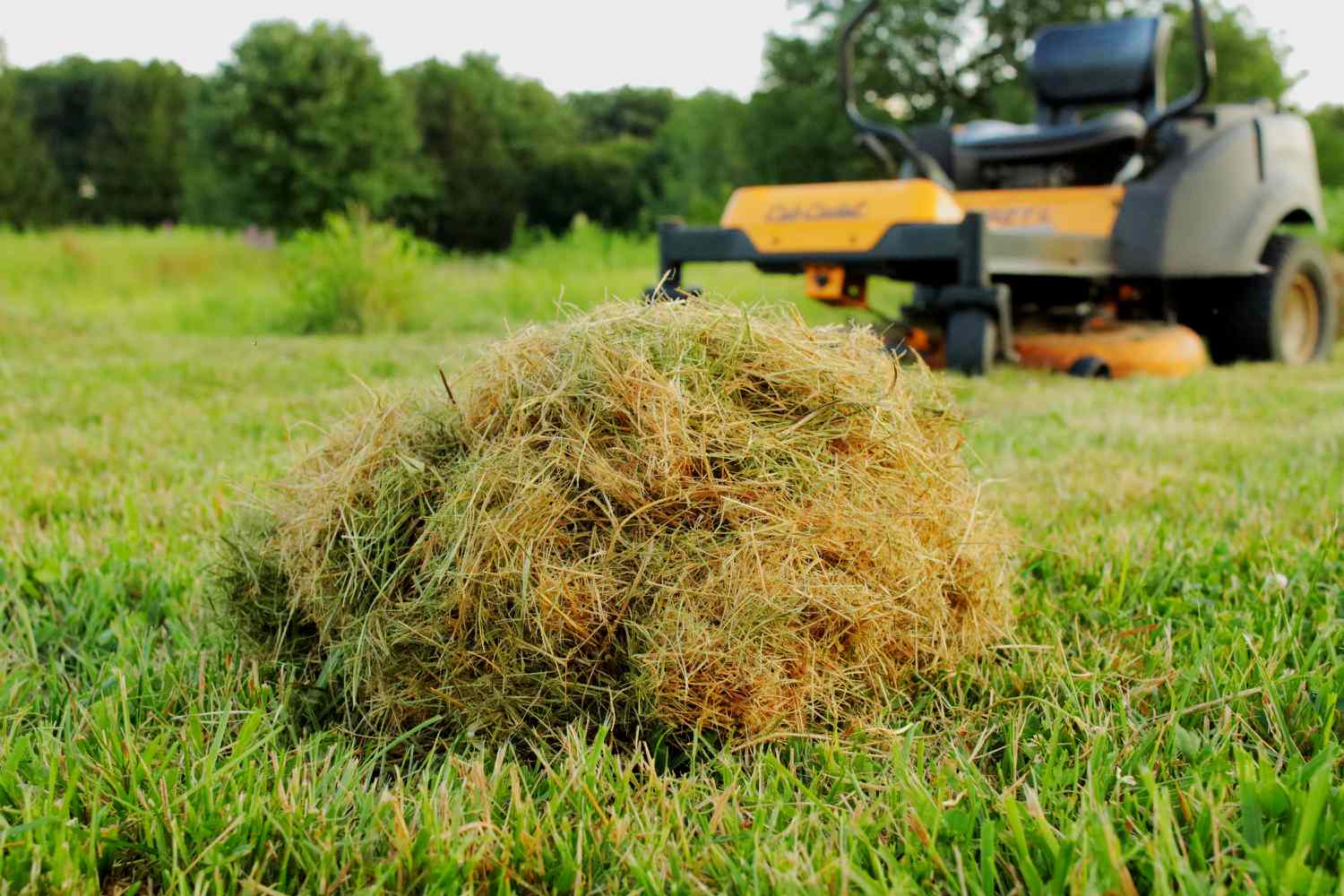
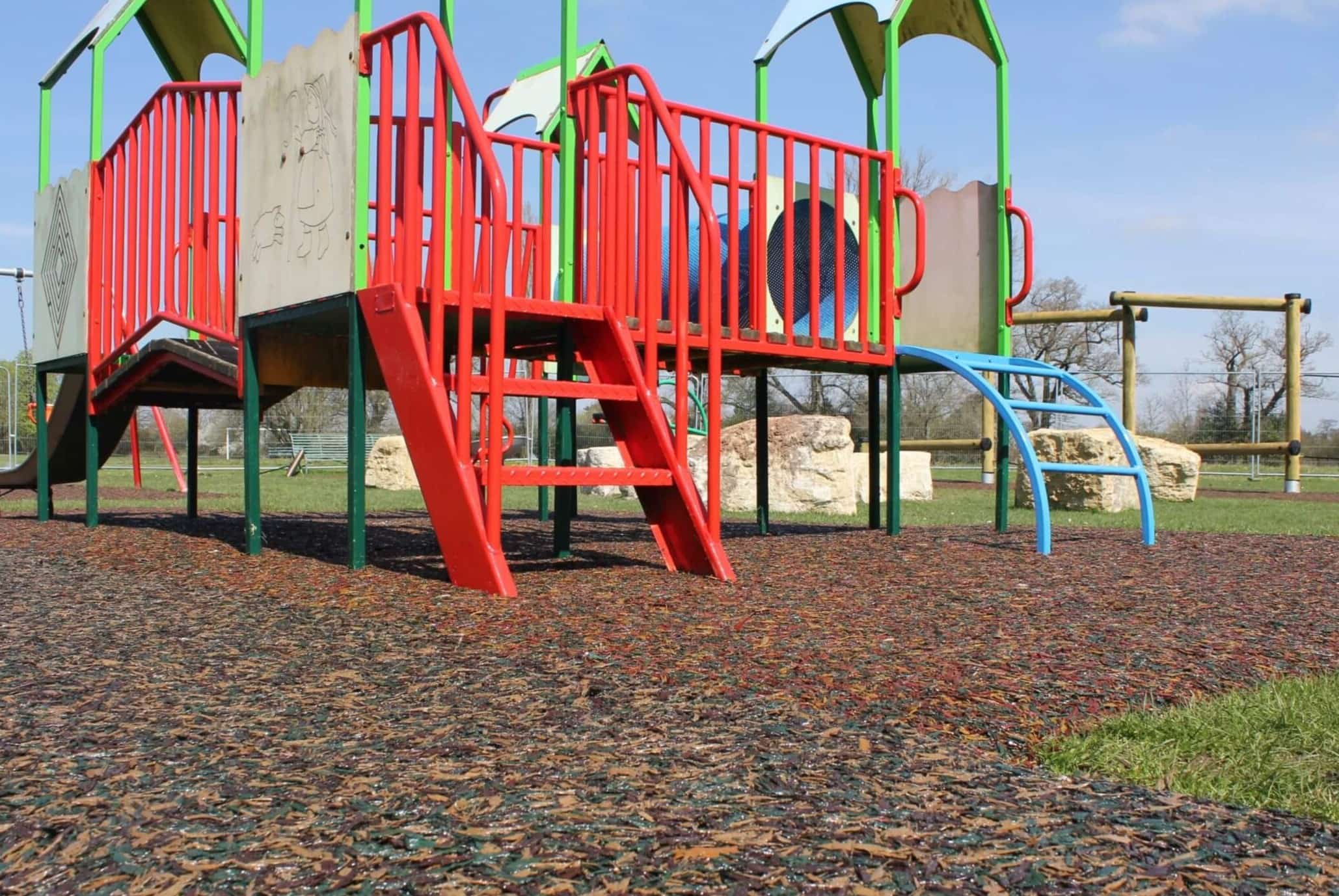
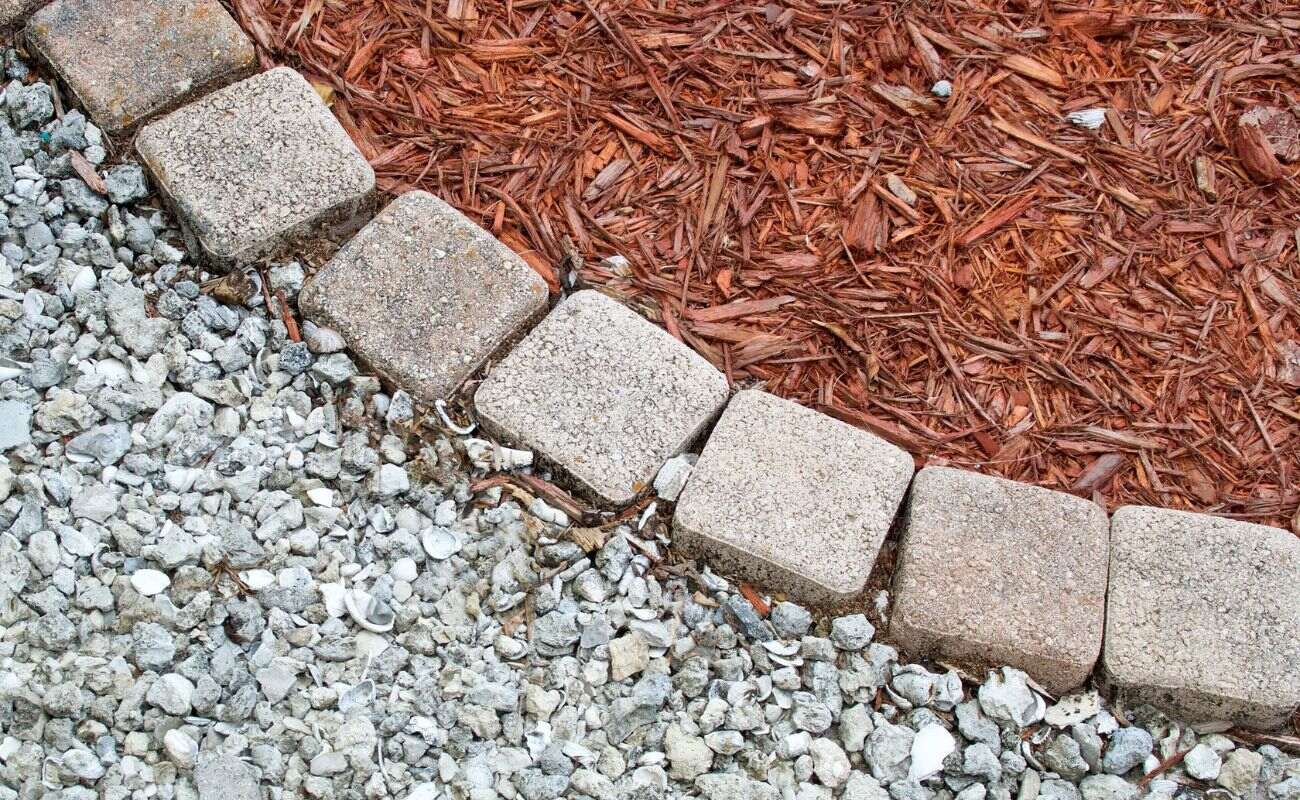
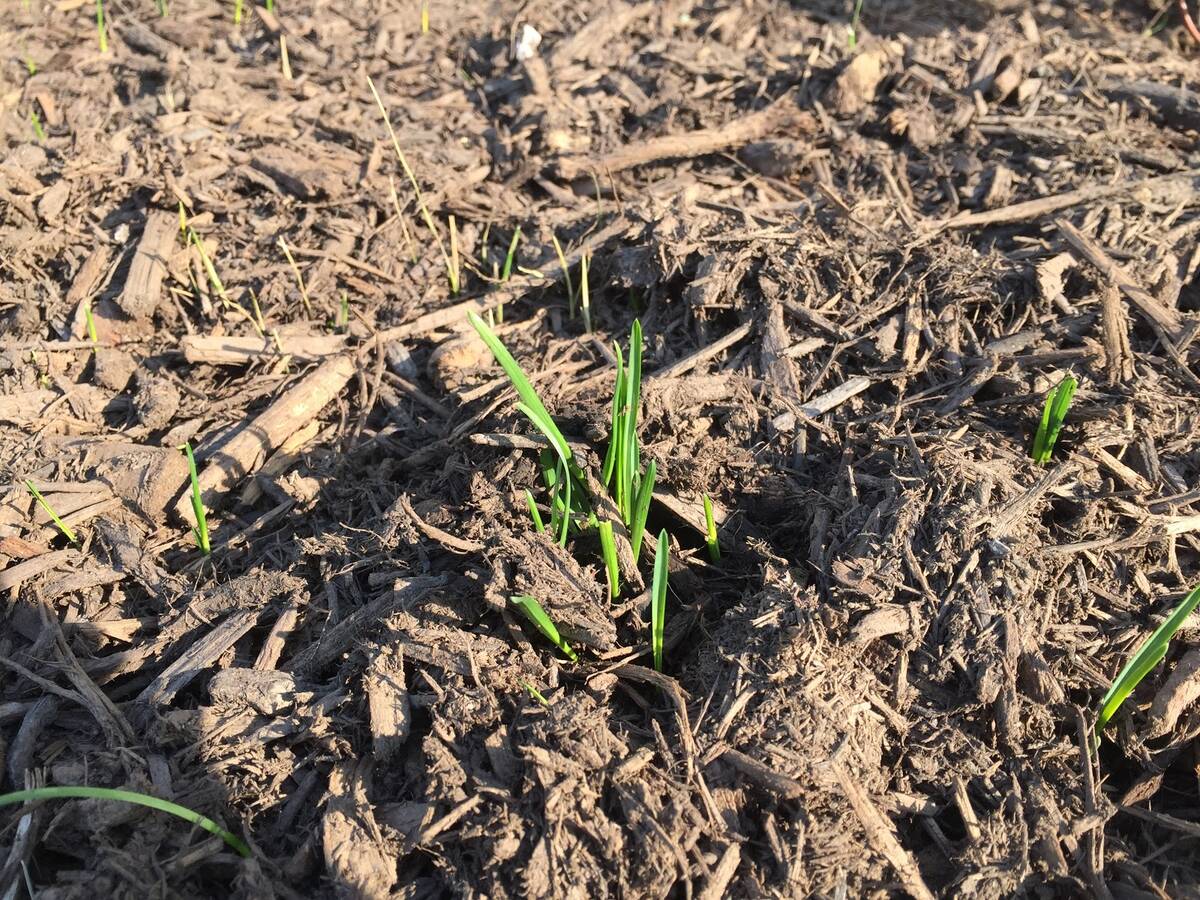
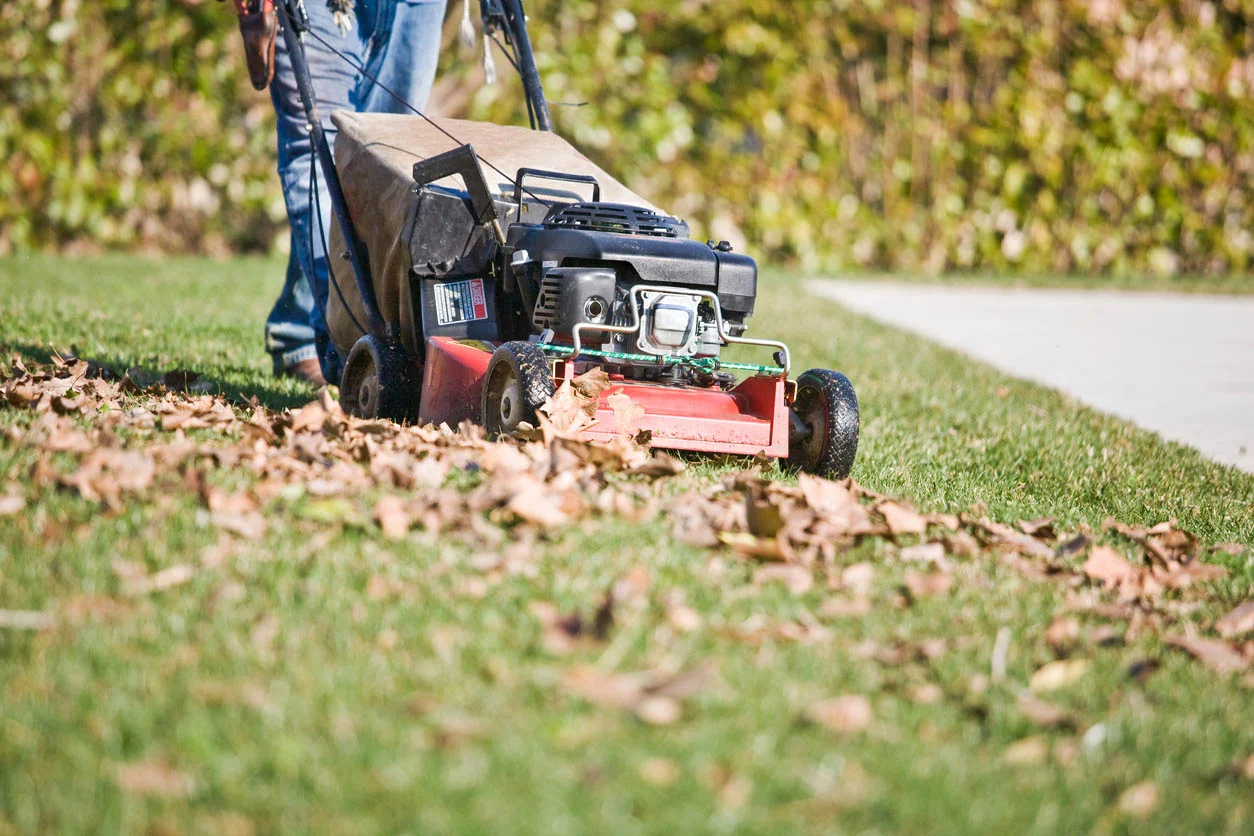
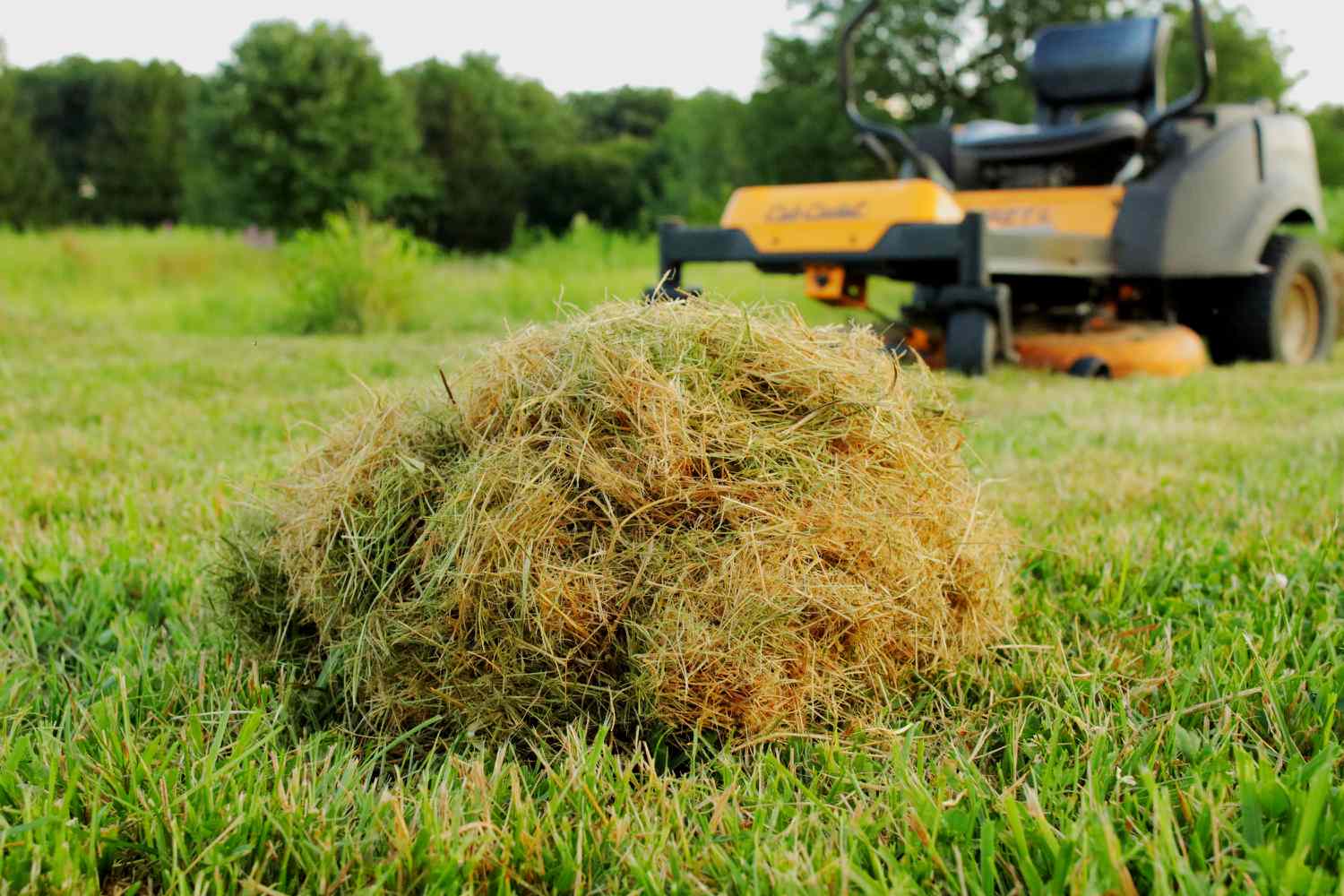
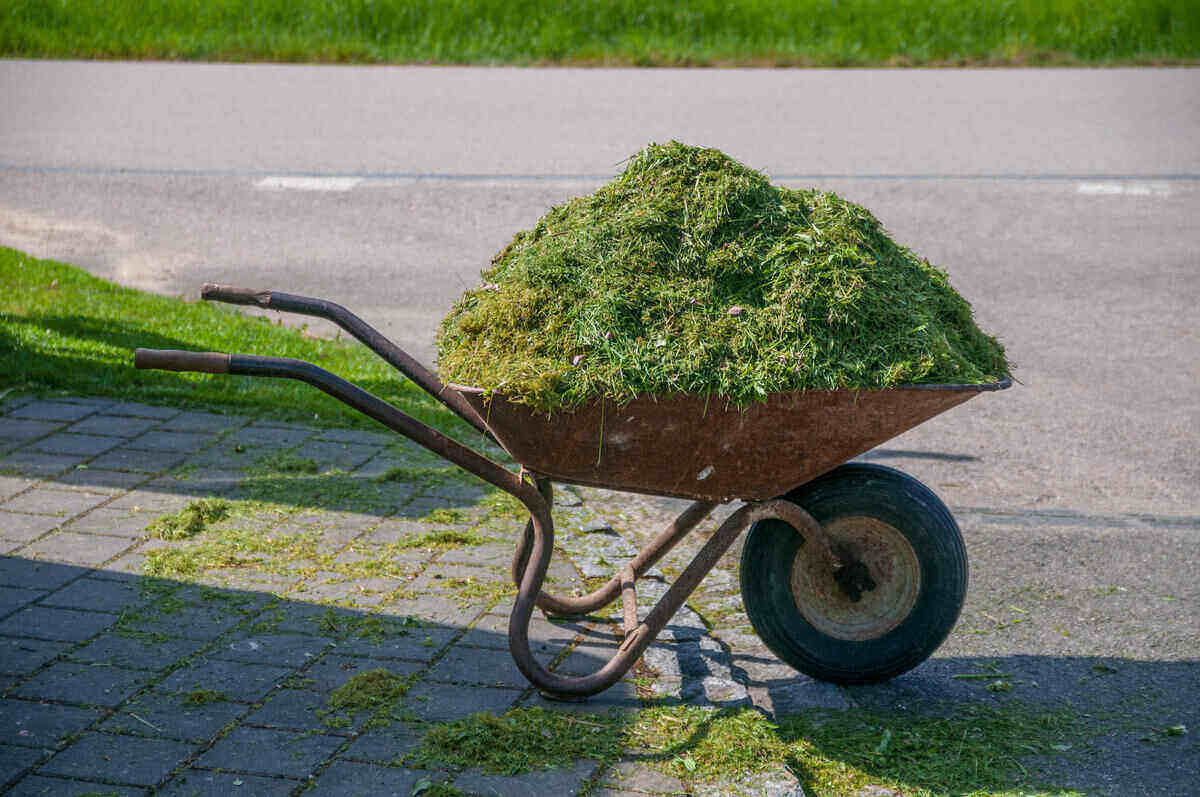
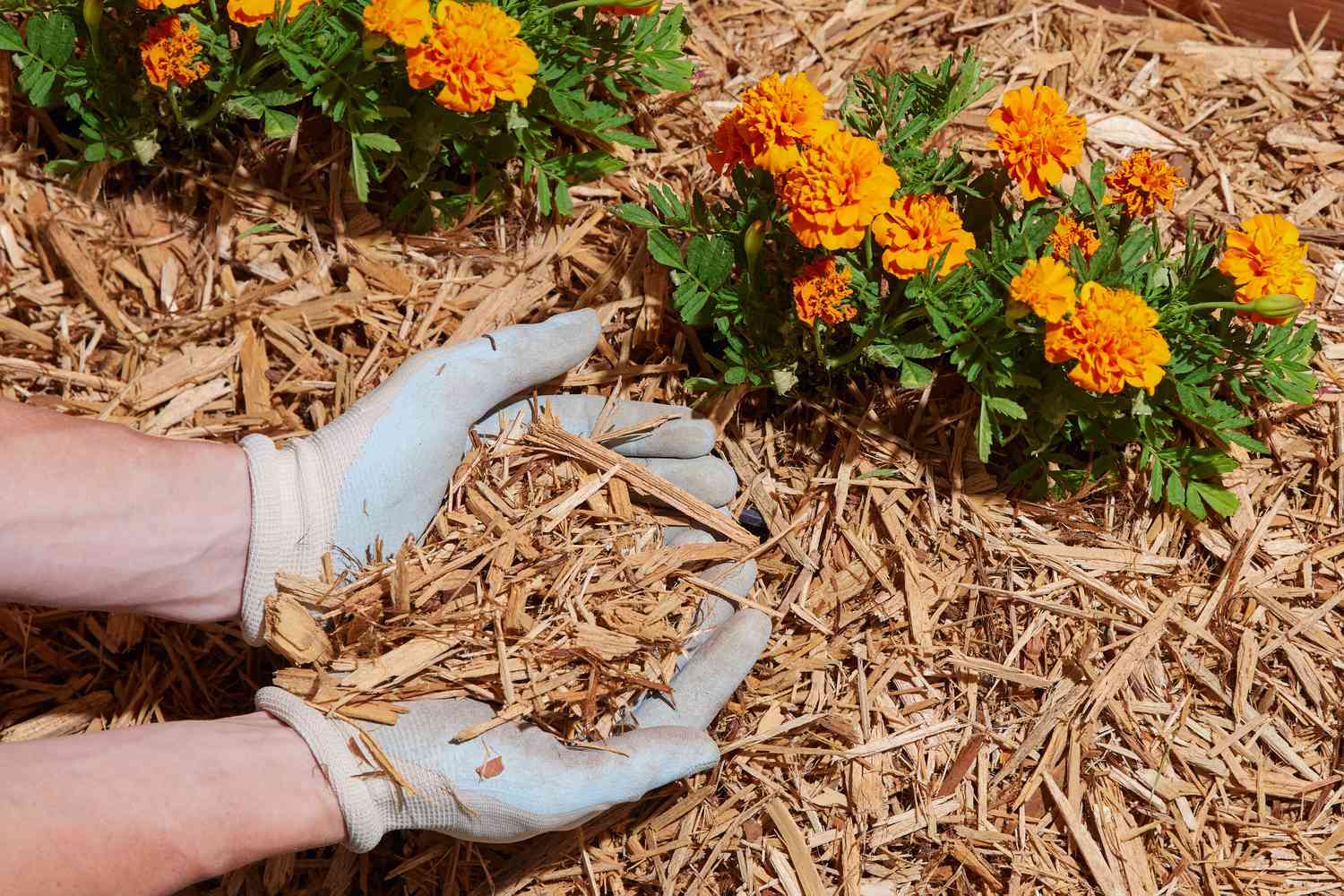
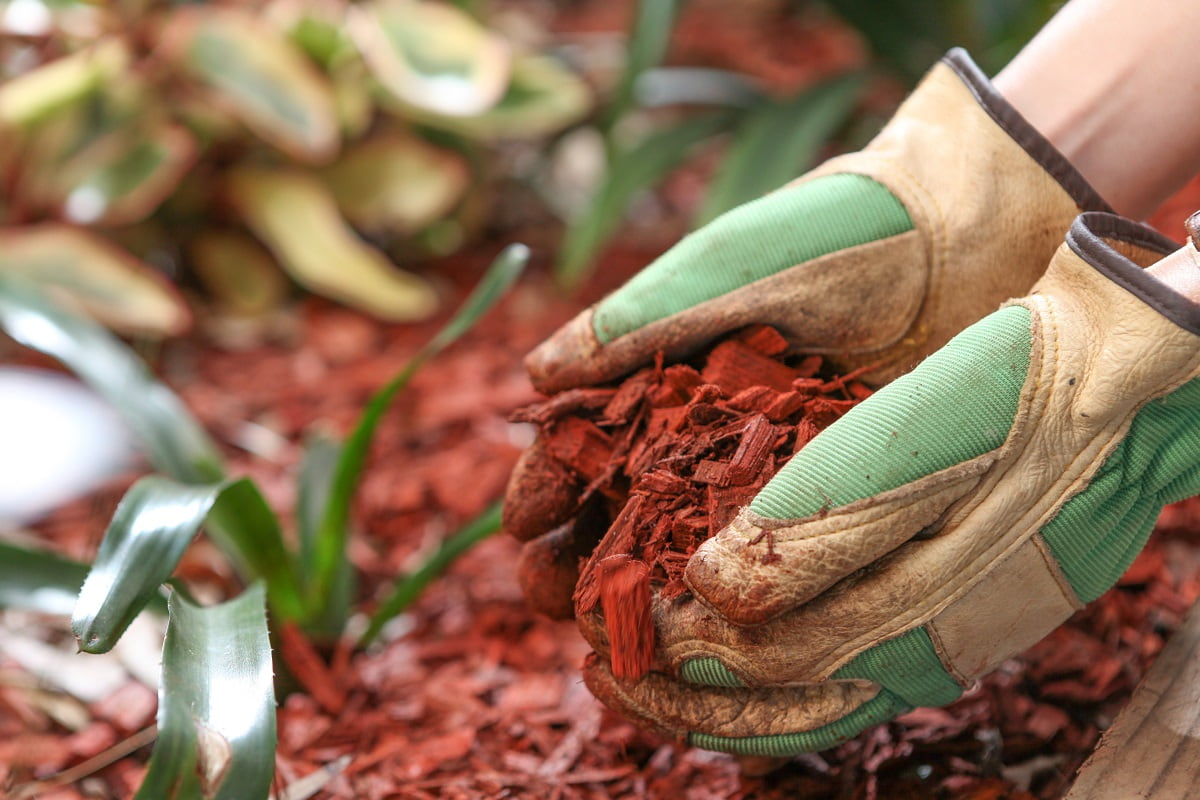

0 thoughts on “When To Mulch Grass”